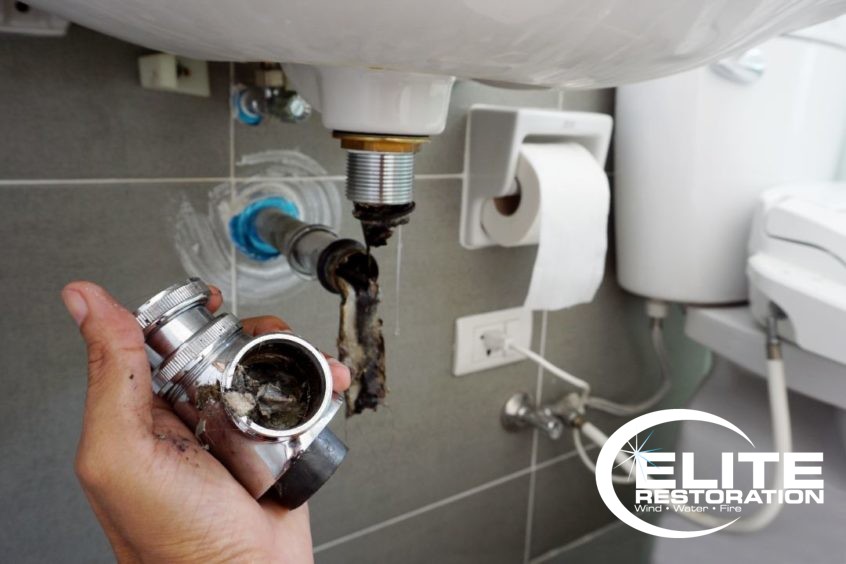5 Inexpensive Ways to Unclog Your Drain Fast

A slow sink drain is a common plumbing problem that’s not only annoying and inconvenient but can also lead to major water damage if not taken care of.
Typically, the bathroom sink is the victim of slow drainage, often caused by the build-up of hair and debris, as well as soap and other products that are washed down the drain and collect in the pipe. This build up is somewhat inevitable over time, but you can help prevent your sink from slow, sluggish draining by regularly cleaning it. Draino and similar products may work, but they also are full of harsh chemicals. There are several ways to go about this problem, so check them out below!
Use a Zip-It Tool
The first step to getting the sink drain to flow normally again is to clear out the collected hair and debris. A Zip-it tool is an inexpensive tool (usually less than $6) that makes a lot of progress very quickly. Simply insert the tool down into the drain, where it will catch and pull out hair and debris. A great thing about this tool is that you don’t have to remove the sink’s pop-up because it’s so thin.
Remove the Pop-up
If you do not have a Zip-it tool, or if it wasn’t able to get all debris out, another option is to remove and clean the pop-up. Most pop-ups are held in place with a nut attached to the drain just under the sink. To remove the pop-up reach behind the drainpipe under the sink to find the nut. Remove it, and the pop-up can then be pulled out of the sink drain, cleaned, and reinstalled.
Clear the Sink Overflow
The overflow opening is there to divert water down into the drain if the water in the sink gets too high. But another function is to allow air into the drain when the sink is filled with water. The air that comes into the drain through the overflow helps water in the sink to drain faster. The sink overflow is another place where debris and build-up can collect over time. If a sink is draining slowly and you’ve tried the previous two suggestions to no avail, try cleaning the overflow.
Use Homemade Drain Cleaner
After the bulk of the large debris and clumps of hair have been removed, use a mild homemade drain cleaner. Pour a pan of boiling water down the drain, followed by a half cup of baking soda and then a half cup of vinegar. Because this mix will bubble, insert the drain cover if you have one. Let it do its thing for 10 minutes, then pour another panful of boiling water down. Finally, wash it all down with hot water from the faucet.
Use a Plunger
Plungers aren’t just for toilets! Plunging your sink helps to loosen and dislodge hair and debris that is collected in the pipe. To be sure that the plunger is effective, cover the sink overflow with a rag or some duct tape before plunging. Covering the overflow helps create a seal, which is needed to clear any blocked pipe.

